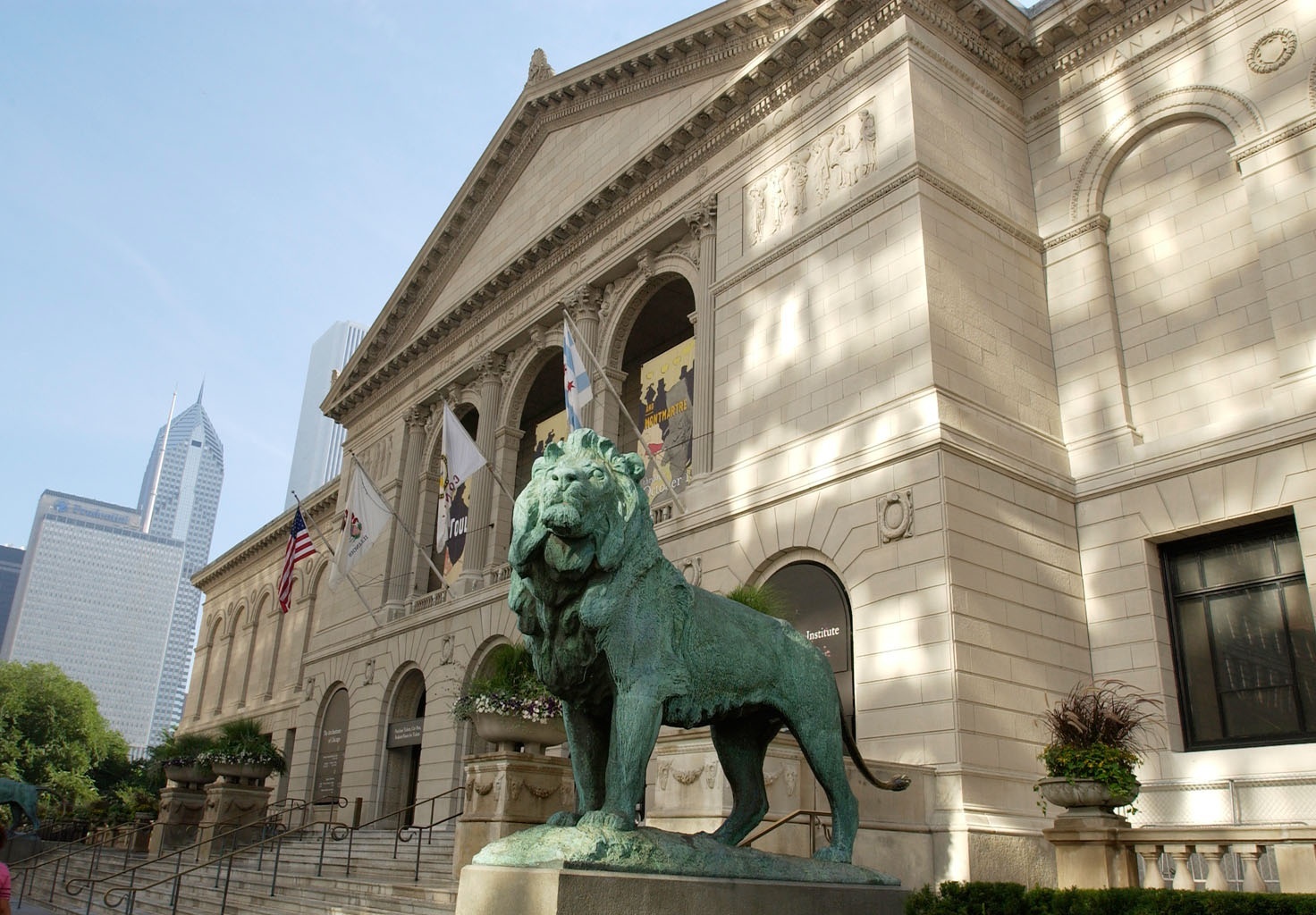Jan 15 2022 - Jun 26 2022
Chicago, IL
This exhibition will consist of two rotations, the first running January 15–April 10, 2022, and the second covering April 16–June 26, 2022. Please note the gallery will be closed April 11–15.
The Kabuki theater district of 18th-century Edo (modern-day Tokyo) was one of the centers of urban life.
At the theater, people could escape the rigid confines of a society controlled by the shogunal government and watch their favorite actors perform in dramas that were often based on ancient historical events and myths. These were tales of murder, revenge, infamy, jealousy, and, sometimes even, redemption.
Along with the dramatic subject matter, Kabuki theater is characterized by its highly stylized postures, movements, hand gestures, facial expressions, even makeup. All these elements are exaggerated to heighten narrative impact. Perhaps the most renowned aspect of Kabuki is the mie, an emphatic pose struck by an actor at a crucial point in the action. Mie often comprise amplified scowls or dramatic twists of the face with crossed eyes and are accompanied by specific body posturing and particular hand and limb positions. Such intense expressions and poses made striking and popular subjects for prints.
The drama of Kabuki theater was most successfully conveyed in the prints of the Katsukawa School of artists because they captured the individual characteristics of each actor. Kabuki actors were the celebrities of their time, and prints depicting them found an eager audience in their fans. Founded by Katsukawa Shunshō (1726–1792), the Katsukawa school included several prominent artists, all of whom created portraits of actors performing in popular Kabuki plays in Edo, though almost all of these prints show the actors in a realistic setting—on the street or under a flowering tree—rather than on a stage. The best-known artists of the school, in addition to Shunshō, were Katsukawa Shunkō (1743–1812) and Shun’ei (1762–1819).
This exhibition includes examples by all three of these artists and is drawn from the more than 700 Katsukawa School prints in the Art Institute’s collection.
Credit: Overview from museum website
Exhibition Venues & Dates
Jan 15 2022 - Jun 26 2022
Chicago, IL
